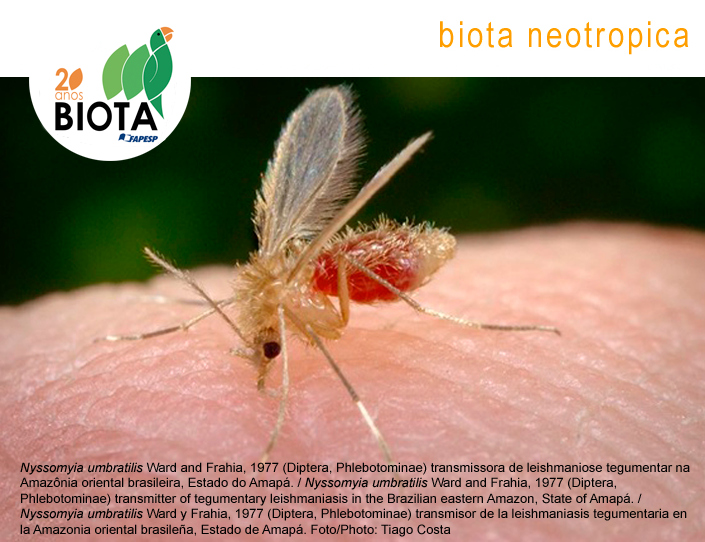A “hotspot” within a hotspot: the reptiles of the Estação Ecológica and Área de Proteção Ambiental de Murici, Atlantic Forest of northeastern Brazil
Abstract
Abstract: Currently the Atlantic Forest hotspot has less than 11% of its original coverage. However approximately 300 species of reptiles are known to inhabit this ecoregion, of which 34% are endemic. The creation of protected areas represents a strategy for preserving ecosystems and managing land use, and for attaining the proper management of these protected areas, information on local biodiversity is essential. Herein we provide the first list of reptile species for the Estação Ecológica and Área de Proteção Ambiental de Murici, two overlapping protected areas located in the state of Alagoas, one of the most important sets of forest remnants for the conservation of the Atlantic Forest in the northeast of Brazil. The species list was constructed based on expeditions and occasional encounters in the area between 1994 and 2022. A total of 89 reptile species were obtained during the 28 years of collection, being two species of Crocodylia, three species of Testudines and 84 species of Squamata. This richness is by far one of the greatest ever documented for the Atlantic Forest. Additionally, two species registered in the area are considered threatened according to the national list (Amerotyphlops paucisquamus and Bothrops muriciensis) and six are defined as data deficient for the assessment of their conservation status. Three species are recorded for the first time in the Atlantic Forest north of the São Francisco River: Dipsas indica, Trilepida salgueiroi and Cercophis auratus. We claim that the species list provided here will serve as a starting point for further studies in this rich reptile “hotspot” within the Atlantic Forest.Published
2022-01-01
How to Cite
Dubeux, M. J. M., Araújo Neto, J. V. de, Triburcio, I. C. S., Lisboa, B. S., Torquato, S., Freitas, M. A. de, … Mott, T. (2022). A “hotspot” within a hotspot: the reptiles of the Estação Ecológica and Área de Proteção Ambiental de Murici, Atlantic Forest of northeastern Brazil. Biota Neotropica, 22(2). Retrieved from https://www.biotaneotropica.org.br/BN/article/view/1900
Issue
Section
Inventories
